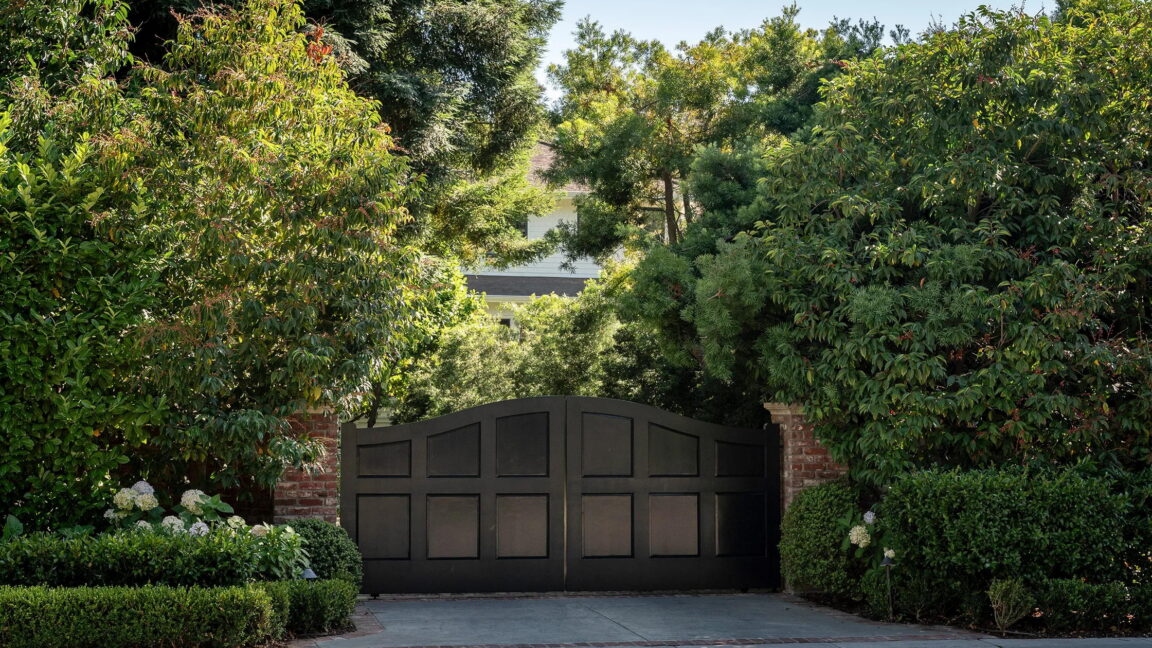Fox said that the Zuckerbergs instituted “a revised parking policy late last year” that should address their concerns, and promised to double down on efforts to give advanced notice about construction, parties, and other potential disruptions.
However, Fox did not directly address the unpermitted school and other nonresidential activities happening at the compound. She acknowledged that the compound has “residential support staff” including “childcare, culinary, personal assistants, property management, and security,” but said that they have “policies in place to minimize their impact on the neighborhood.”
It’s unclear if the neighbor responded to Fox.
“You have not earned our trust”
While these conversations were happening between Fox and Zuckerberg’s neighbors, Lait and others at the city Planning Department were scrambling to find a solution for the neighbor who complained on September 11, and a few other neighbors who endorsed the complaint in September and February.
Starting in February, one of these neighbors took the lead on following up with Lait. They asked him for an update on February 11, and heard back a few days later. He didn’t have any major updates, “but after conversations with the family’s representatives, he said he was exploring whether a “subset of children” could continue to come to the school sometimes for “ancillary” uses.
“I also believe a more nuanced solution is warranted in this case,” Lait added. Ideally, such a solution would respond to the neighbors’ complaints, but allow the Zuckerbergs to “reasonably be authorized by the zoning code.”
The neighbor wasn’t thrilled. The next day, they replied and called the city’s plan “unsatisfactory.”
“The city’s ‘nuanced solution’ in dealing with this serial violator has led to the current predicament,” they said (referring to the nuanced solution Lait mentioned in his last email.)
Horrigan-Taylor, the Palo Alto spokesperson, told WIRED that Lait’s mention of a “nuanced” solution referred to “resolving, to the extent permissible by law, neighborhood impacts and otherwise permitted use established by state law and local zoning.”

